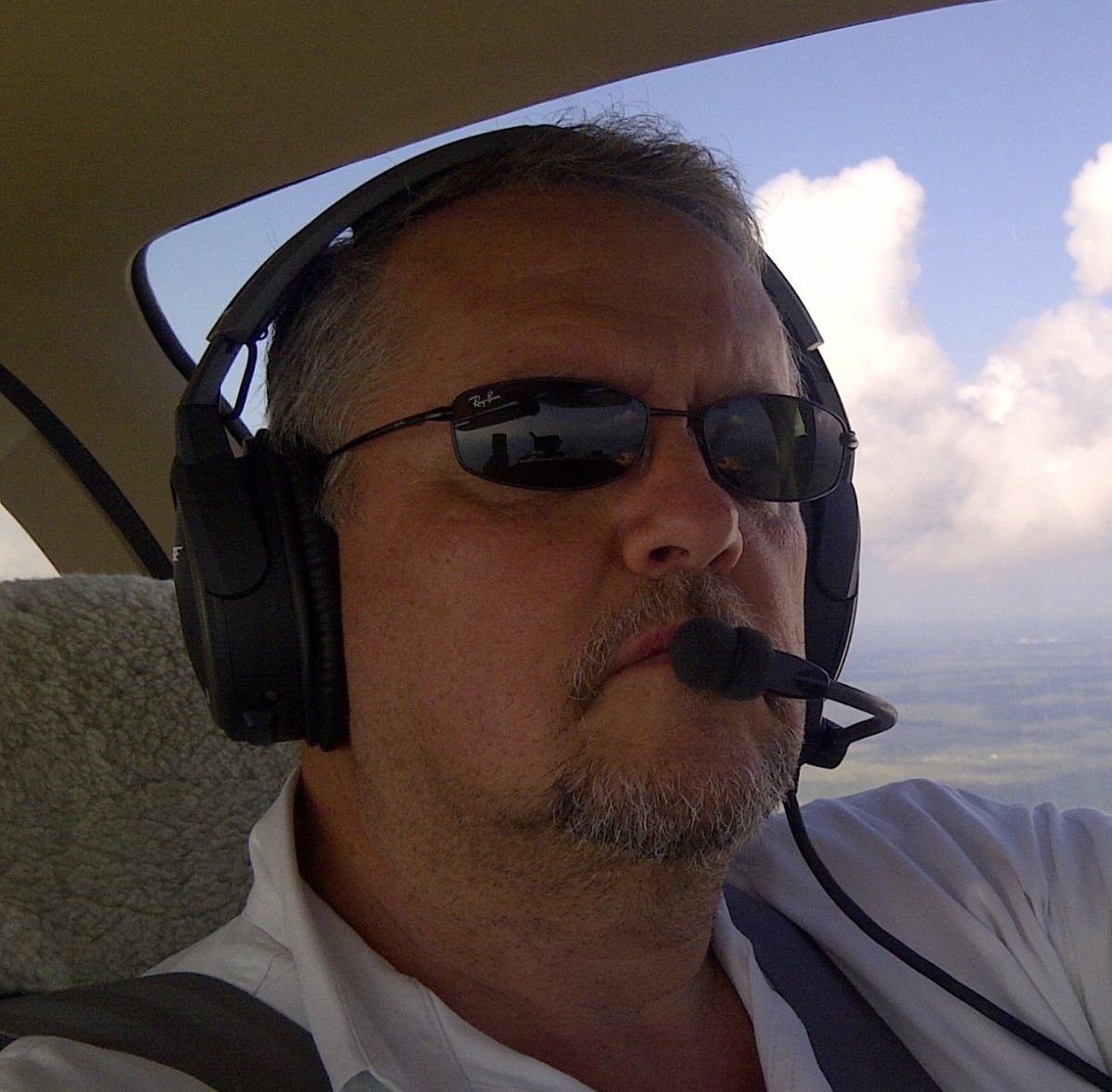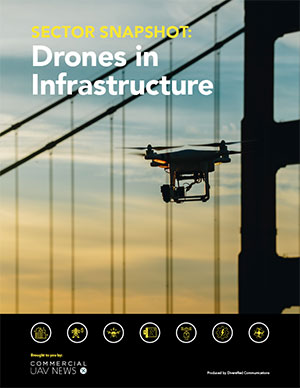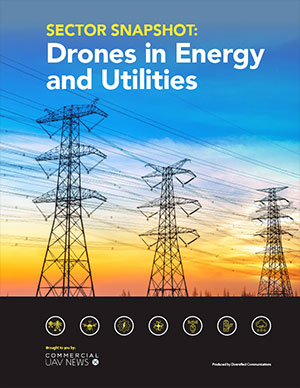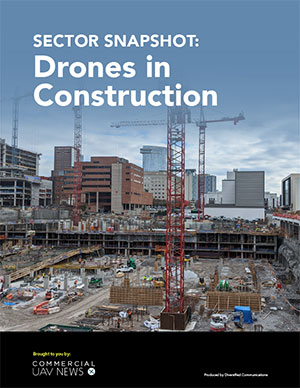For this week’s round-up of commercial drone industry news, we look at medical drone deliveries in Finland, drone detection systems on helicopters, and work on a new UAV design aimed at improving navigation.
Finland Tests Medical Drone Deliveries
The City of Helsinki, Finland is joining the many municipalities and regions around the world that are using drones to transport critical medical supplies. According to Helsinki’s official website, the city is “piloting drone deliveries of medical supplies along a seven-kilometre route from Kyläsaari to the Laajasalo Health Station.” By delivering “masks, gloves and disinfectant,” the project will “explore how drones could be used in logistics and in strengthening security of supply – both in everyday operations and in exceptional or crisis situations.” In the future, Helsinki officials say “drones could be used to transport not only supplies but also samples or even organ transplants.”
Drone Detection on Helicopters
NBC 5 (KXAS) in Dallas posted a story explaining how the Texas Department of Public Safety has become “the first in the nation to deploy drone detection technology on its helicopters.” According to the report, the department is deploying Airborne Counter Unmanned Aircraft Systems (ACUS) systems “mounted on helicopters designed to detect and respond to drones that may pose a potential threat to public safety or emergency operations.” The ACUS systems enable the helicopters to “pinpoint the precise geolocations for drones and their operators. It aims to protect helicopters and DPS officials from unauthorized drones during high-risk missions, providing crucial information to maintain safety and awareness.”
Researchers Develop “Moth-like” Drone
Our weekly news roundup frequently reports on academic research aimed at improving the efficiency and effectiveness of uncrewed vehicles. This week, we look at work being conducted by researchers at the University of Cincinnati who are “developing a drone with flapping wings that can locate and hover around a moving light like a moth to a flame.” An article in Tech Explore explains that the researchers were inspired by moths, who have the “ability to hover in place or even fly backward” and to “automatically make fine adjustments to compensate for wind or obstacles to remain stationary or follow a moving object.” Developing a more “moth-like” design, the researchers say, could “allow for drone navigation in real time without complex calculations, global-positioning equipment or artificial intelligence by simply making constant adjustments to control inputs.”


.jpg.medium.800x800.jpg)












Comments